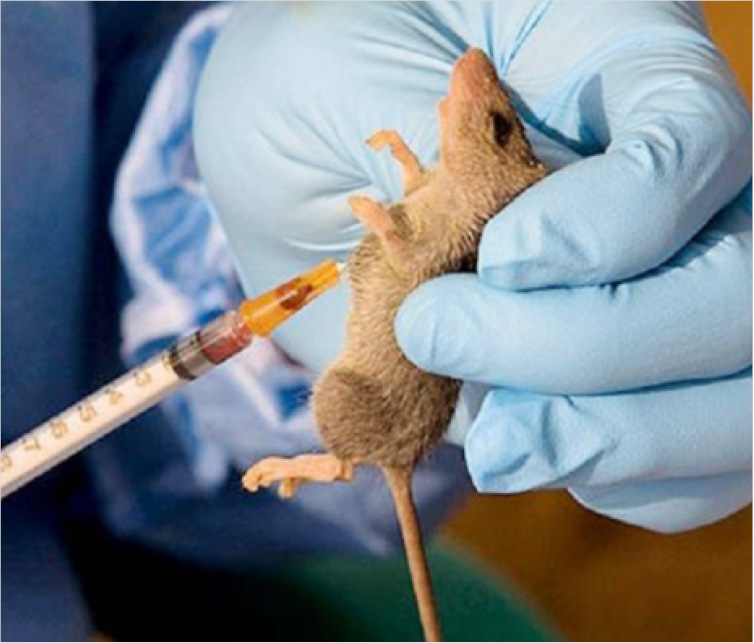New cases of Lassa fever infections have fallen in the last five weeks, and the number of people dying from the infection has dropped, according to the Nigeria Centre for Disease Control.
Since the latest outbreak was declared on January 21, some 420 new infections have been confirmed and 93 people dead across 21 states.
The centre says the number of deaths is less than what was recorded for the same period last year. The number of cases, however, increased because of improved surveillance and reporting.
Last year’s outbreak also prompted early response to the Lassa fever outbreak this year, including early deployment of One-Health rapid response teams, an initiative that involves multi-sector cooperation between ministries of health, water, agriculture, environment.
Preparation for this year’s outbreak has also helped push a national Lassa fever research plan.
“Over the last six months, progress has been made in this area, especially in discussions around Lassa fever vaccines,” NCDC chief executive officer Chikwe Ihekweazu said, at an update briefing on Lassa fever in Abuja.
“In the next one year, Nigeria is expected to be part of clinical trials toward the development of Lassa fever vaccines.”
Early genetic sequencing of the Lassa fever virus this year indicate the main route of transmission is from rodents to human — a finding that hasn’t changed from 2018.
Ihekwe said the finding showed a “strong need to improve prevention measures especially around environmental sanitation.”
“It is very important that Nigerians continue to practice preventive measures to avoid infection. Prevention of Lassa fever relies on promoting good community hygiene to discourage rodents from entering homes,” he noted.

 Join Daily Trust WhatsApp Community For Quick Access To News and Happenings Around You.
Join Daily Trust WhatsApp Community For Quick Access To News and Happenings Around You.


